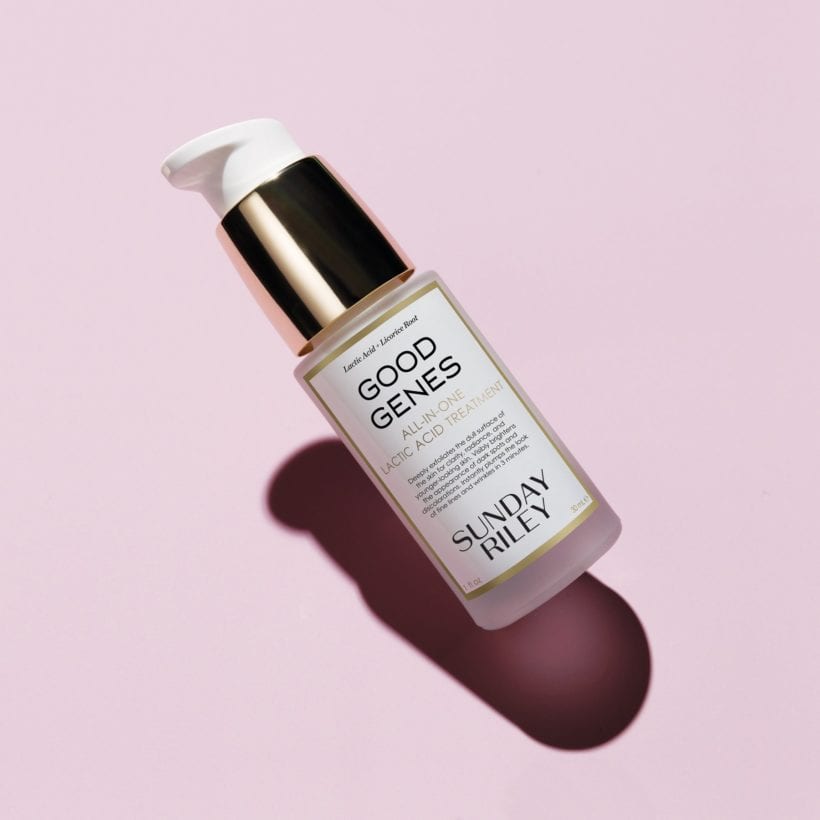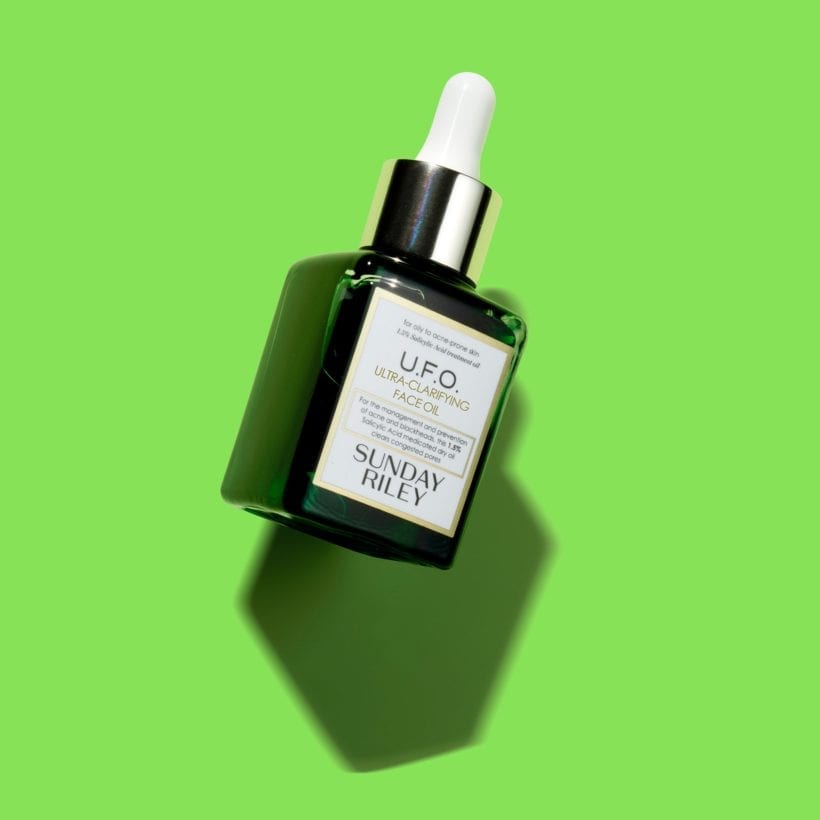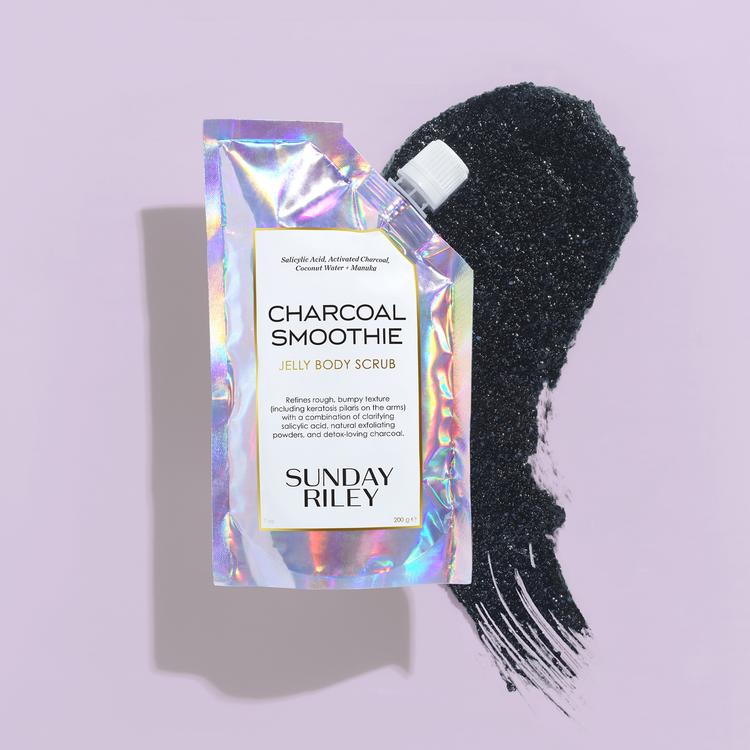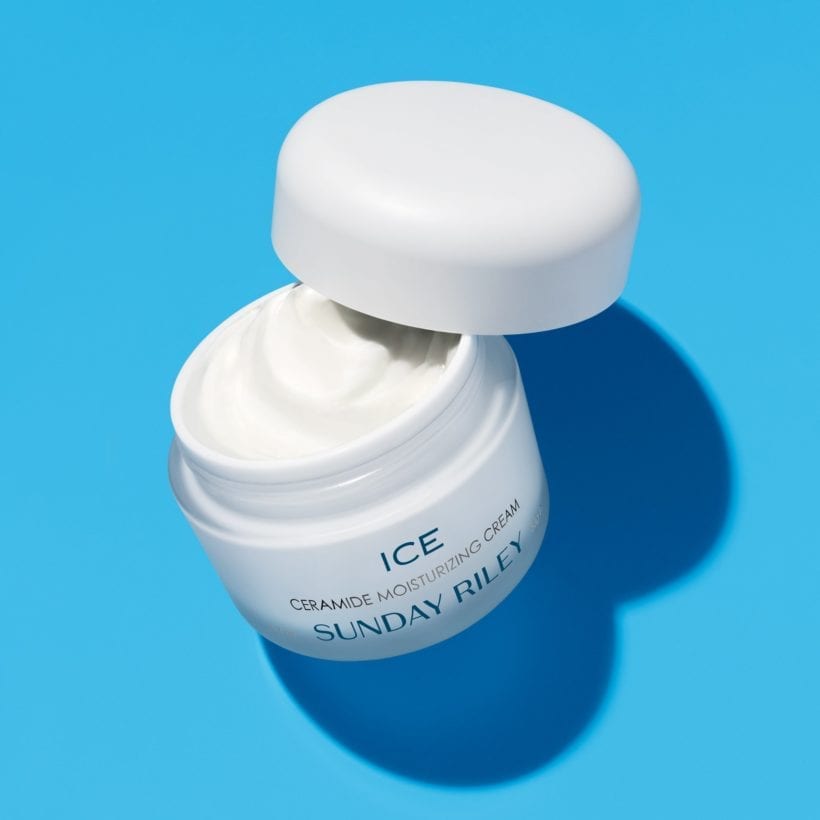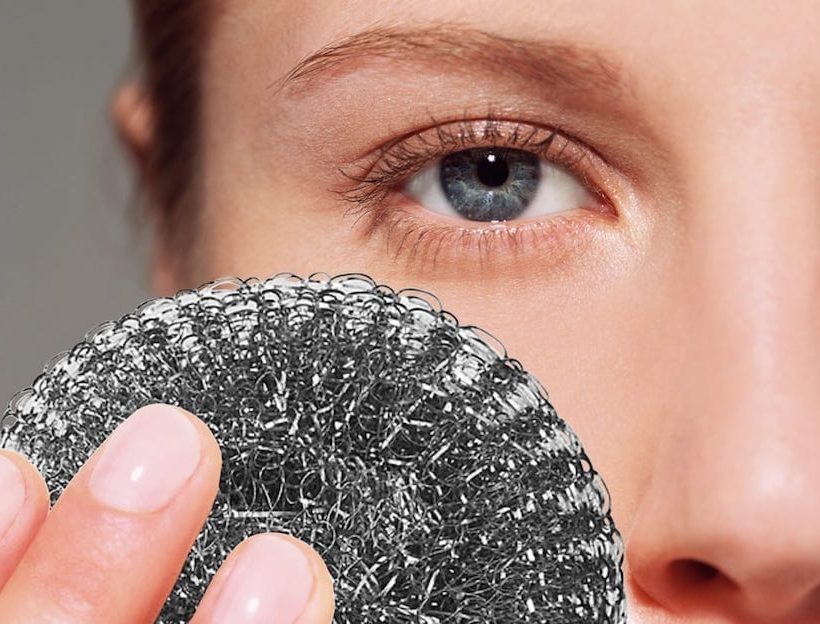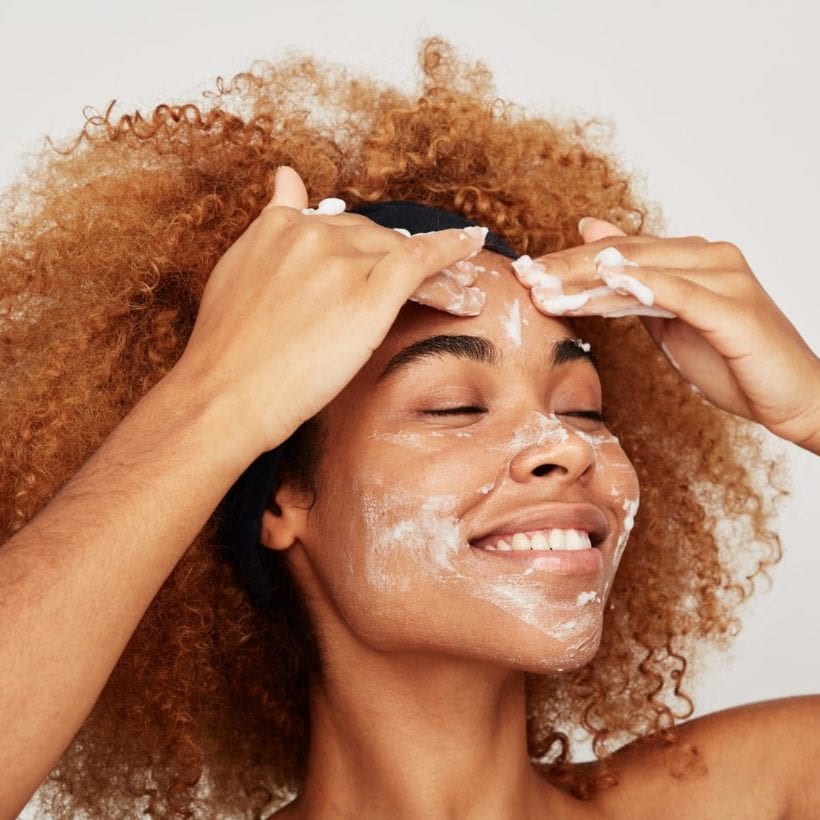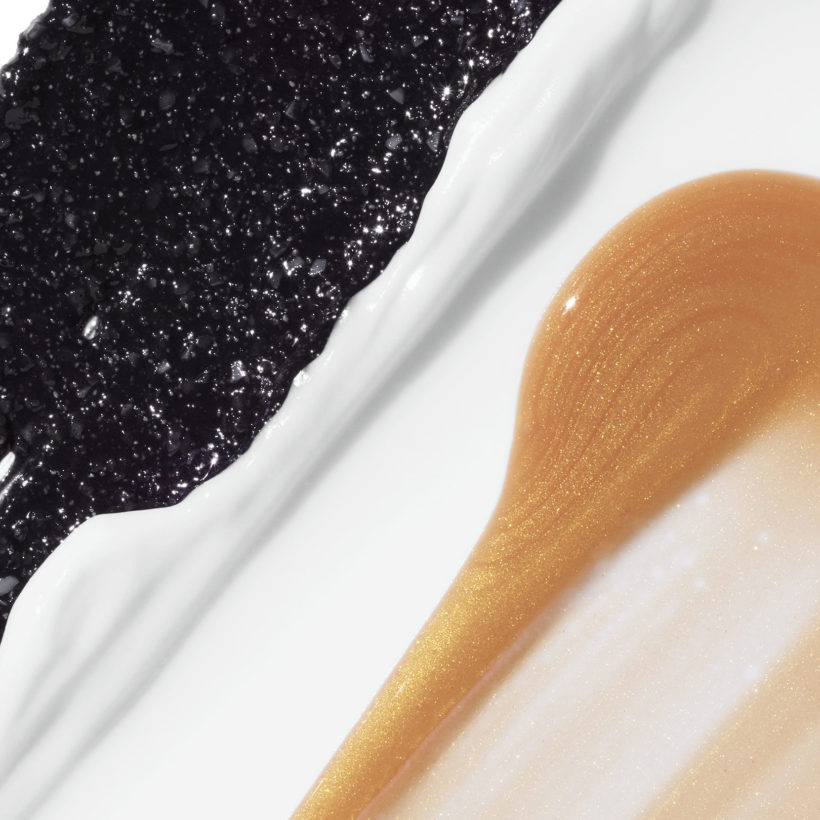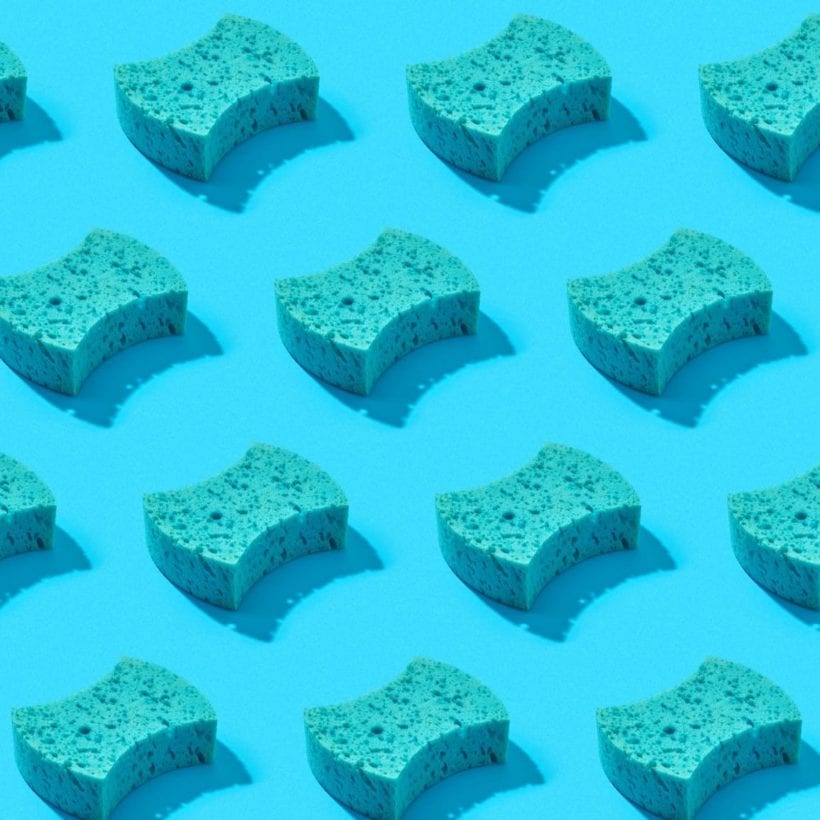While you know it’s important to take care of your skin 365 days a year, it’s also crucial to change your routine based on seasons. After all, many people experience dry skin in the winter, and many experience more breakouts from clogged pores in the summer. As we enter the hottest months of the year, experts recommend taking time to exfoliate your skin. This practice helps remove sweat, sunscreen, and bacteria that could create inflammation. However, as with any regimen, there’s a right way to do it — and a wrong way. Here, we spoke with dermatologists and Sunday Riley, CEO, founder and product formulator, about the do’s and don’ts of summer exfoliation:
Meet the Experts
Sunday Riley CEO, founder and product formulator.
Dr. Lina Kennedy a board-certified dermatologist and fellow of the American Academy of Dermatology.
Why exfoliation matters in the summer.
Exfoliation removes the top layer of dead skin cells, explains Dr. Lina Kennedy, a board-certified dermatologist and fellow of the American Academy of Dermatology. While our skin cells naturally turnover and shed dead cells to make room for new ones, they sometimes need a little help. This is because they don’t always shed them completely or as quickly as needed, leaving our skin looking dull, Dr. Kennedy says. Also, exfoliation is a way to deep-clean your pores, so nothing cumbersome is left lingering.
In the summer, you may notice that your skin is oilier due to increased heat and humidity. You are sweating more, so it makes exfoliation that much more critical. Sweat glands become more active, and they, in turn, rev up our oil glands. “Now your pores are getting filled with the daily environmental exposures — dirt, makeup, debris — plus oil, sweat and air moisture,” explains Sunday Riley. “All of this becomes more noticeable during summer months, and this combination ultimately can lead to larger appearing pores and increased acne.” Good Genes All in One Lactic Acid treatment is expertly formulated to optimize the skin’s pH balance, creating an environment where P. acnes bacteria — the primary bacteria responsible for acne — cannot thrive. By gently exfoliating the skin and removing excess sebum, it prevents the conditions that favor the growth of acne-causing bacteria, promoting clearer, healthier-looking skin. By ensuring that the skin remains clean and balanced, it effectively addresses one of the key challenges of summer skincare: keeping the complexion clear and refreshed even in higher temperatures. Exfoliation removes all of this build-up, unclogging your pores, smoothing your skin tone, fighting acne, and increasing skin cell turnover.
Another strong warrior is beta hydroxy acid (BHA), commonly known as salicylic acid. It is a powerhouse ingredient for tackling various skin concerns, especially during the humid, sweaty months of summer. “BHA is oil-soluble, which allows it to penetrate deeply into the pores, where it works to dissolve the build-up of sebum and dead skin cells. This deep exfoliation process effectively ‘scoops out the goo’ from clogged pores, making it highly effective for preventing and treating ingrown hairs as well. The acid loosens the debris that can lead to hair follicles being trapped under the skin surface, thus reducing inflammation and promoting clearer, smoother skin. This makes BHA an excellent choice for those prone to ingrown hairs and for anyone looking to maintain a healthy complexion during the warmer, more humid season,” adds Sunday.
The do’s and don’ts of summer exfoliation.
Ready to give your skin a health boost? To reap the most benefits out of exfoliation, follow these expert-driven do’s and don’ts.
Do exfoliate regularly…
By keeping up with the habit, you will have brighter, glowing skin. As always, start low and slow. But gentle products like Sunday Riley Good Genes you may use every day, it depends on your skin needs.
“Good Genes is an all-in-one alpha hydroxy acids serum that really transforms the surface of your skin by exfoliating the dull, pore-clogging debris that’s on the top of your skin. So it has this higher dose of lactic acid, but then it’s balanced with ingredients like lemongrass and licorice root extract to go in and help improve the signs of skin discoloration. If you’re newer to acids, you can do it every other day, or you can do it two days on two days off. Whatever works for you, you know, slowly adjust to it and then work your way up to every day, and you’re going to be smooth sailing from there on out. It’s either going to give you this instant radiance. It’s going to help clarify your skin and decongest,” explains Sunday Riley.
“Lactic acid is one of my absolutely favorite hydroxy acids. It’s a larger molecule, so it doesn’t sink as deeply into the surface of the skin as other alpha hydroxy acids which makes it a little bit gentler, but it’s also the only one that’s hydrating. It is great for all skin types. My 17-year-old, who has oily, acne-prone skin, uses it. I use it, and my mother uses it. It literally transforms all skin types,” adds Riley. Good Genes is clinically tested and proven to significantly improve the appearance of lines and wrinkles in 3 minutes.*
*Results obtained via profilometry analysis.
While many people see the layers of dead skin as a negative, they actually play an essential role in our skin health, providing a barrier to our most sensitive layers. And while you may want to remove some of them, you don’t want to remove too many, which can leave your skin unprotected, Dr. Kennedy warns. That’s why it’s important to choose gentle exfoliators like Good Genes.
Do choose the chemical exfoliator
Chemical exfoliators are considered superior to mechanical exfoliators for facial skincare due to their gentler and more controlled method of removing dead skin cells. Unlike mechanical exfoliators, which rely on physical scrubbing that can cause micro-tears in the skin and lead to irritation or damage, especially for sensitive or acne-prone skin types, chemical exfoliators use active ingredients like alpha-hydroxy acids (AHAs) and beta-hydroxy acids (BHAs) to dissolve dead skin cells. This process promotes cell turnover without the abrasive action, allowing for a more even exfoliation that can penetrate deeper into the pores. Moreover, chemical exfoliators can be tailored to specific skin concerns such as hyperpigmentation, acne, and fine lines, offering a customizable approach to skincare that mechanical methods cannot match. “This targeted action, combined with the reduced risk of physical irritation, makes chemical exfoliation a preferred choice for maintaining healthy, radiant skin,” adds Sunday.
Dr. Kennedy says you want to use an exfoliant that removes the dead skin cells and addresses your unique skin concerns. For example, she says salicylic acid penetrates the pores. This allows it to remove dead skin cells and help treat white and blackheads, ideal for oily skin. “With 1.5 percent salicylic acid, U.F.O. is a fast-acting, quick-drying, medicated oil that clears acne and blackhead-causing buildup and debris from congested pores for smoother, blemish-free skin. After cleansing the skin, massage in U.F.O oil to the face, neck, and chest, as needed. U.F.O is a dry oil that will be absorbed quickly. Can be applied day or night,” Sunday explains.
Don’t forget to use sunscreen.
Since exfoliation leaves your pores a bit exposed, you need to give them an extra layer of support via sunscreen. Products like Good Genes are safe to use every day, but even if you don’t use any exfoliants or retinol, you should protect your skin from the sun every day. “The sun’s rays damage the skin in two ways: via UVA and UVB rays. Quick hack to remember this: UVA rays cause aging, and UVB rays cause burning (‘A’ for aging, ‘B’ for burning),” explains Sunday Riley. What most people don’t know is that the SPF factor only refers to the formula’s ability to protect against UVB rays. While this is, of course, important, you must also remember to check the product’s UVA rating. UVA protection is rated by a 0-5 star system. Make sure to choose a product with either 4 or 5 stars.
Do exfoliate your body.
“Charcoal Smoothie Jelly Body scrub refines rough, bumpy texture (including keratosis pilaris on the arms) with a combination of clarifying salicylic acid, niacinamide, natural exfoliating powders, and detox-loving charcoal,” Sunday says.
This skin-polishing body scrub targets bumpy, textured, flaky skin (including keratosis pilaris or “chicken skin” on the arms and thighs) with a dual-action exfoliation system. Salicylic acid and lactic acid work to clarify and smooth bumps and rough patches, while niacinamide helps to strengthen the skin’s natural protective shield, and natural exfoliating powders massage away dull dead skin cells. Activated charcoal works with manuka to pull impurities up and out, for a balanced, deep clean. Coconut water and avocado oil nourish and rehydrate, leaving your whole body instantly smoother, softer, and nurtured. “In the shower or bath, massage a handful of body scrub thoroughly into the skin, focusing on target areas. Let sit for 1-2 minutes and rinse off,” Riley recommends.
Don’t exfoliate irritated skin.
Last but not least: if your skin is already processing an injury — from a bad breakout to a sunburn — exfoliation isn’t a great idea. How come? It will only cause more irritation and make whatever condition you have worse. “Your skin barrier function is compromised if your skin is irritated. Exfoliating will only further compromise this. Ultimately, this may cause more harm than good,” Dr. Kennedy warns. Instead, wait for your skin to heal and then gradually build back up your exfoliation practice.
We only recommend products we have independently researched, tested, and loved. If you purchase a product found through our links, Sunday Edit may earn an affiliate commission.

